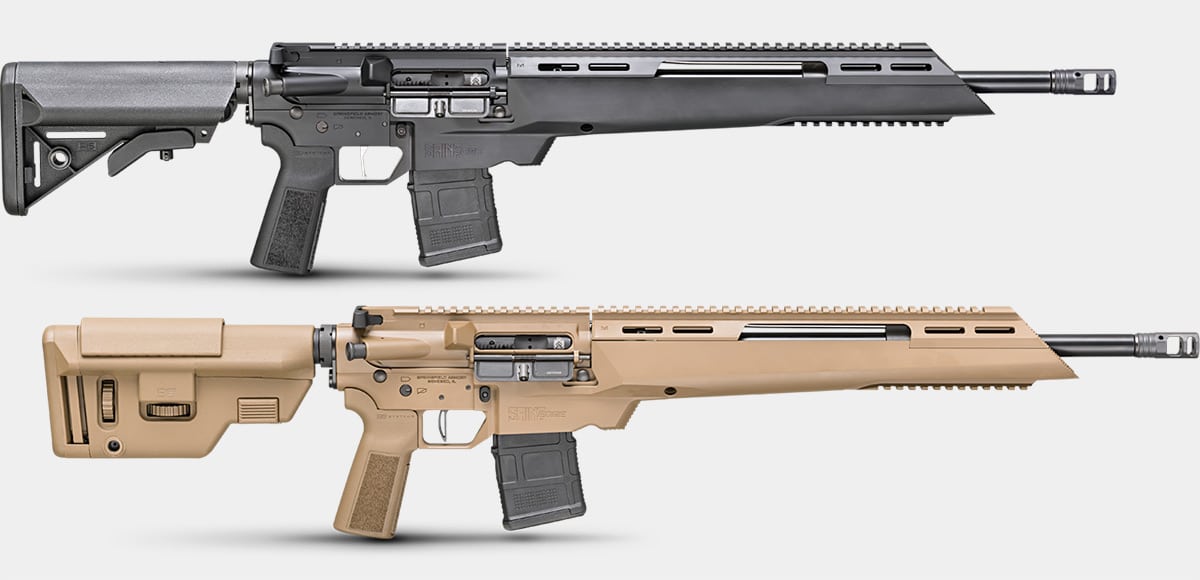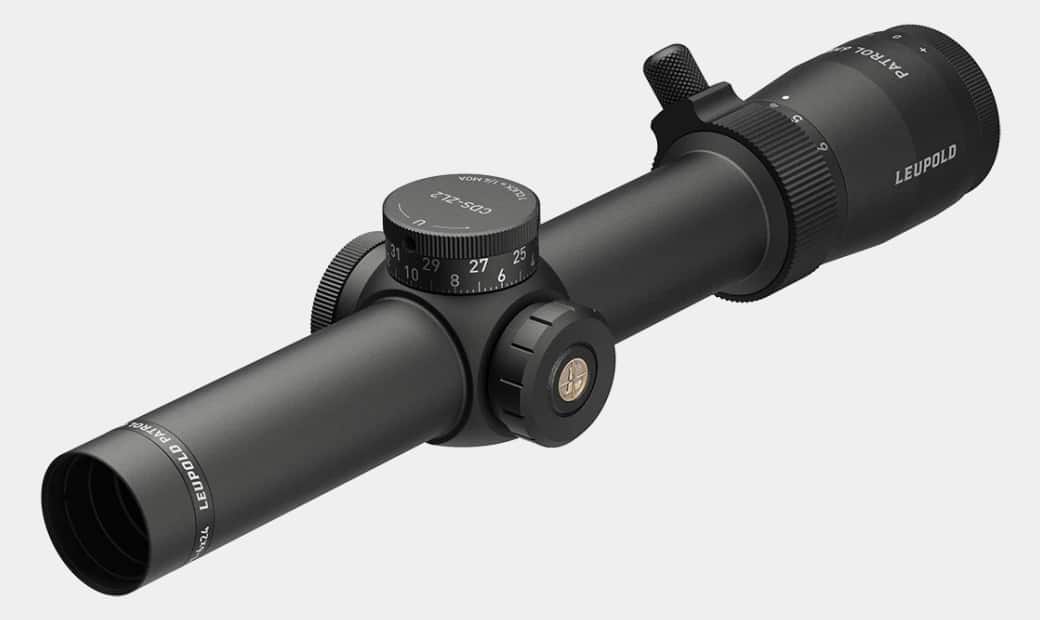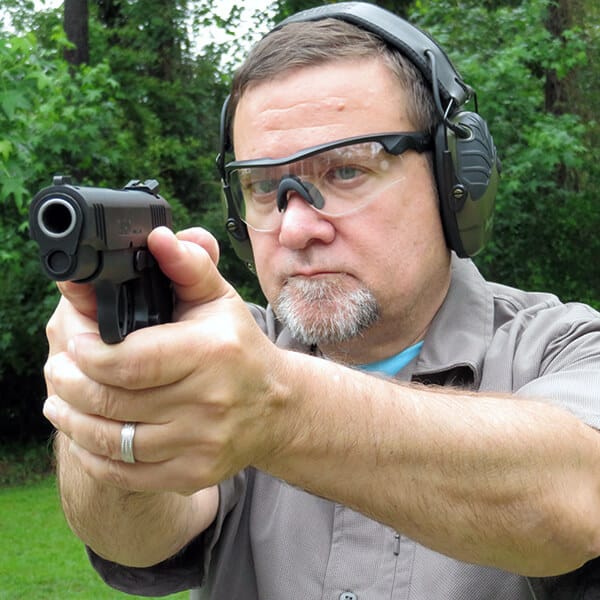Best Bullet Weight for 1 in 7 Twist Rate?
March 3rd, 2023
6 minute read
Ever wondered how bullet weights and barrel twist rates relate? Robert A. Sadowski examines what is the best bullet weight for a 1 in 7 twist. In the process, he teaches us the basics of everything that’s involved.
As a bullet is fired, the rifling in the barrel forces the bullet to spin. So, in a 1:8” twist, rate the bullet rotates one full turn every eight inches. In a 1:7” twist, the bullet rotates one turn in seven inches. The smaller the number, the faster the twist; you need to remember this.
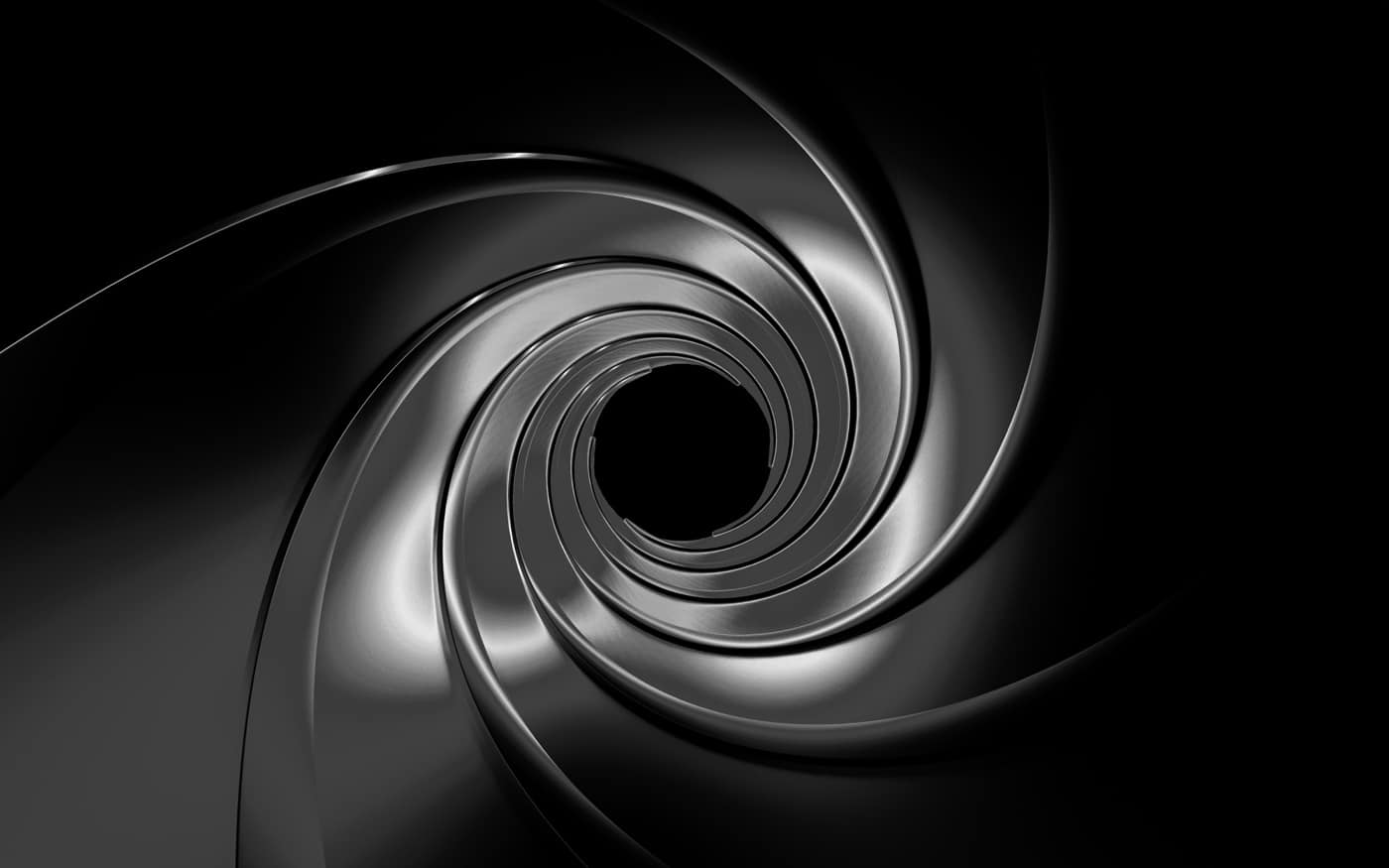
There’s a balance between twist rate and bullet weight, sort of a yin and yang of opposite forces that when combined bring balance and harmony. It means all the difference in stabilizing the bullet for better accuracy and terminal performance.
If a bullet spins too slowly, it cannot stabilize and won’t achieve either optimum velocity or accuracy. What occurs is called yaw. The bullet is unstable and does not hit the target with the tip of the bullet, but perhaps the side of the bullet.
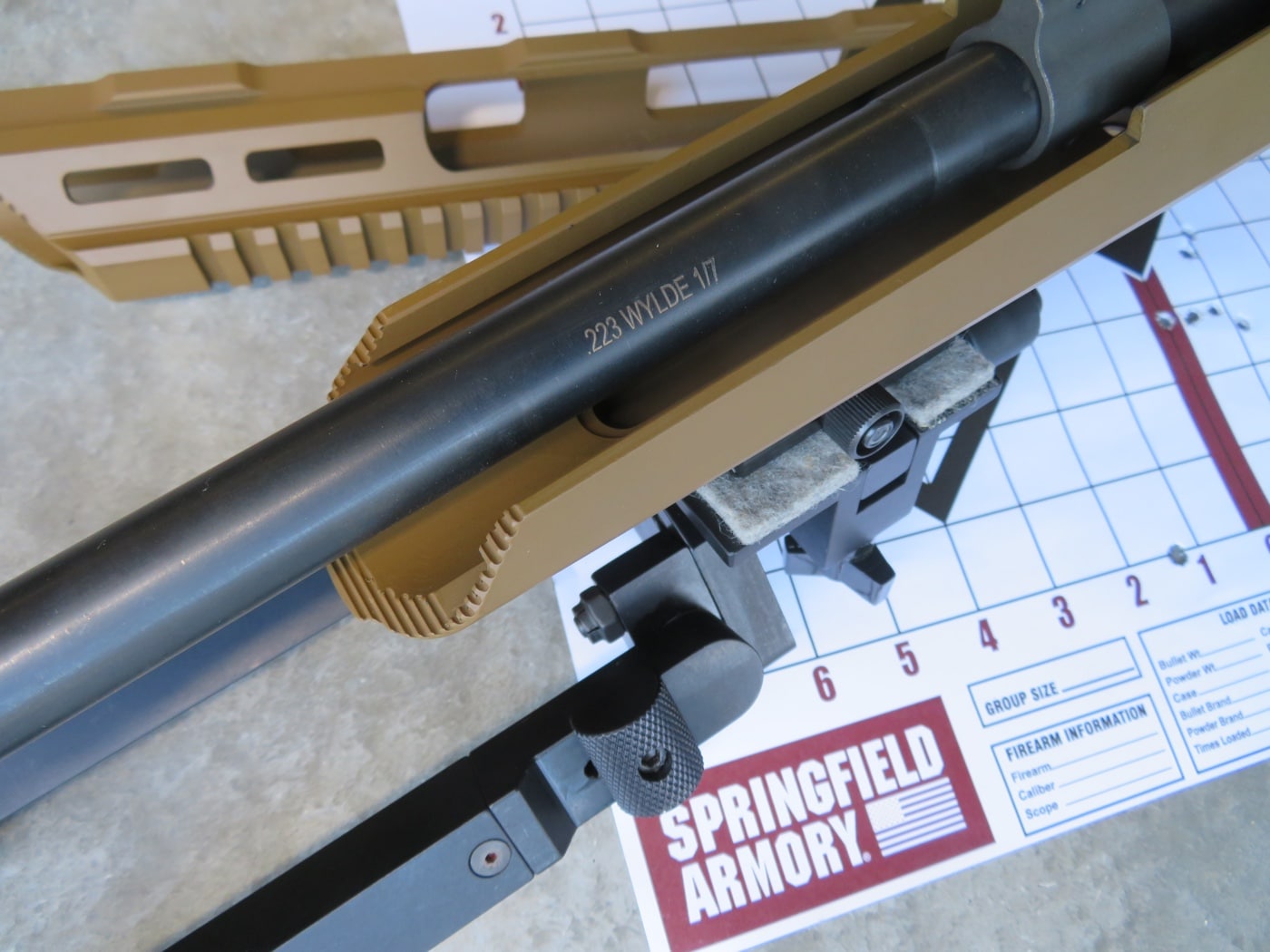
I built a retro AR-15 with a 20” barrel and 1:12” twist and fired 77-gr. bullets that perfectly keyholed the target because the rifling couldn’t stabilize the longer, heavier bullet. So, the bullet hit the target sideways. Accuracy is horrible with heavy bullets in that rifle. With 55-gr. bullets, however, that retro rifle with a 1:12 twist shoots the black out of the target. Rifling can also be too fast and over-stabilize the bullet causing the bullet to fragment in flight and lose all effectiveness.
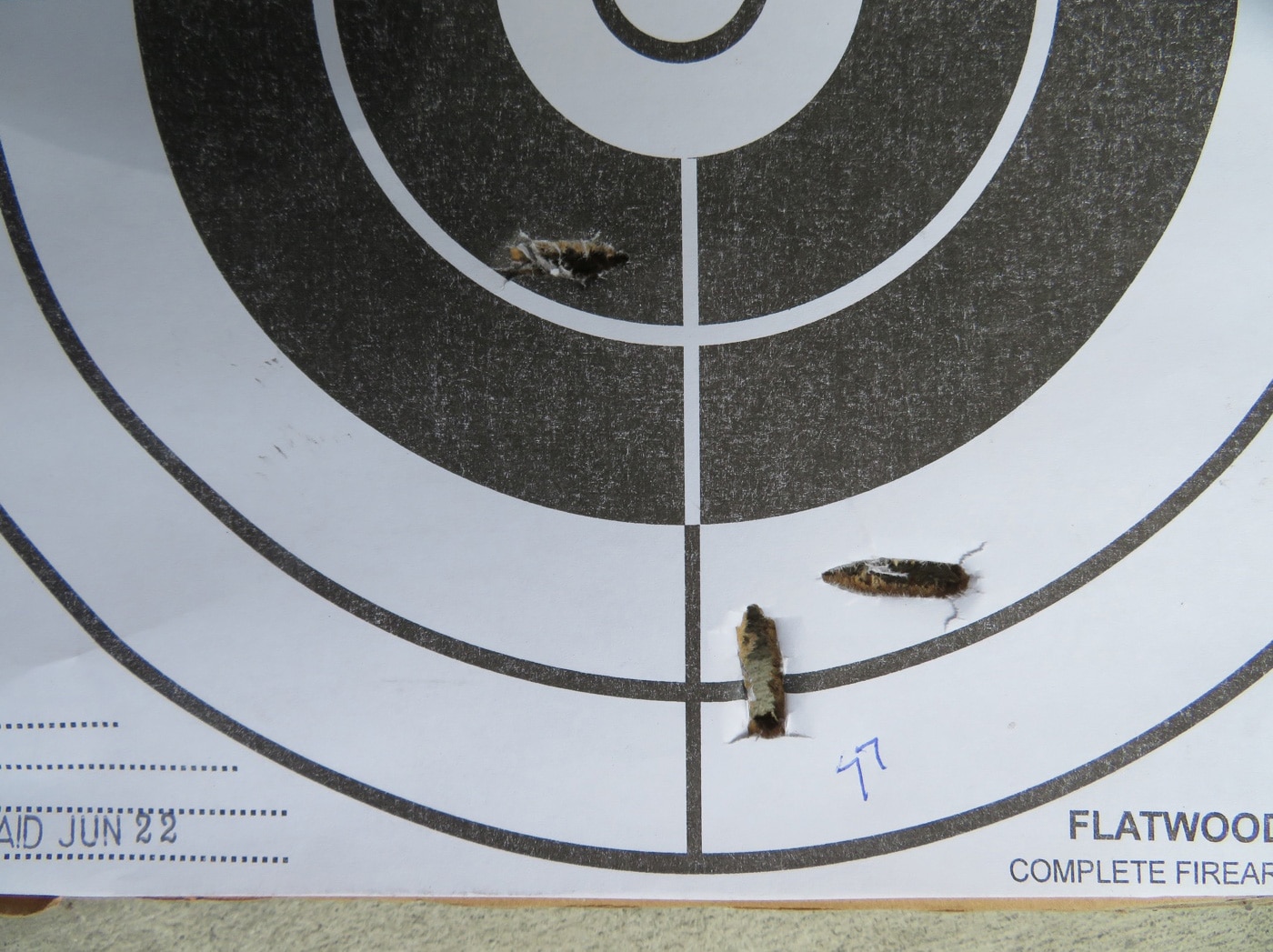
When Eugene Stoner developed the AR-15, the idea was to use lightweight bullets in the 45- to 55-gr. range through a 20” barrel. Barrels were rifled in a slow 1:12” twist rate, capable of stabilizing lightweight bullets but not heavier bullets. Fast forward a few decades, and .223 bullets have evolved in bullet style, bullet material and weight. Today 75- and 77-gr. .223 bullets are just as common as 55- to 62-gr. bullets. Twist rate is your clue on what weight bullets will perform optimally in your gun. Some shooters might not think twice about the twist rate in their barrel, but if they knew that could fine-tune their bullet performance they might pay closer attention.
Twist Rate Sweet Spot
Most AR-15 rifles and carbines produced today use rifling with a 1:8 twist rate. In my opinion, a twist rate of 1:8 is perfect for a general-purpose, 16” barrel AR since this twist offers versatility and can easily stabilize both light and heavy bullets. In fact, the sweet spot for 1:8 bores are bullets weighing from 62 to 77 grains.
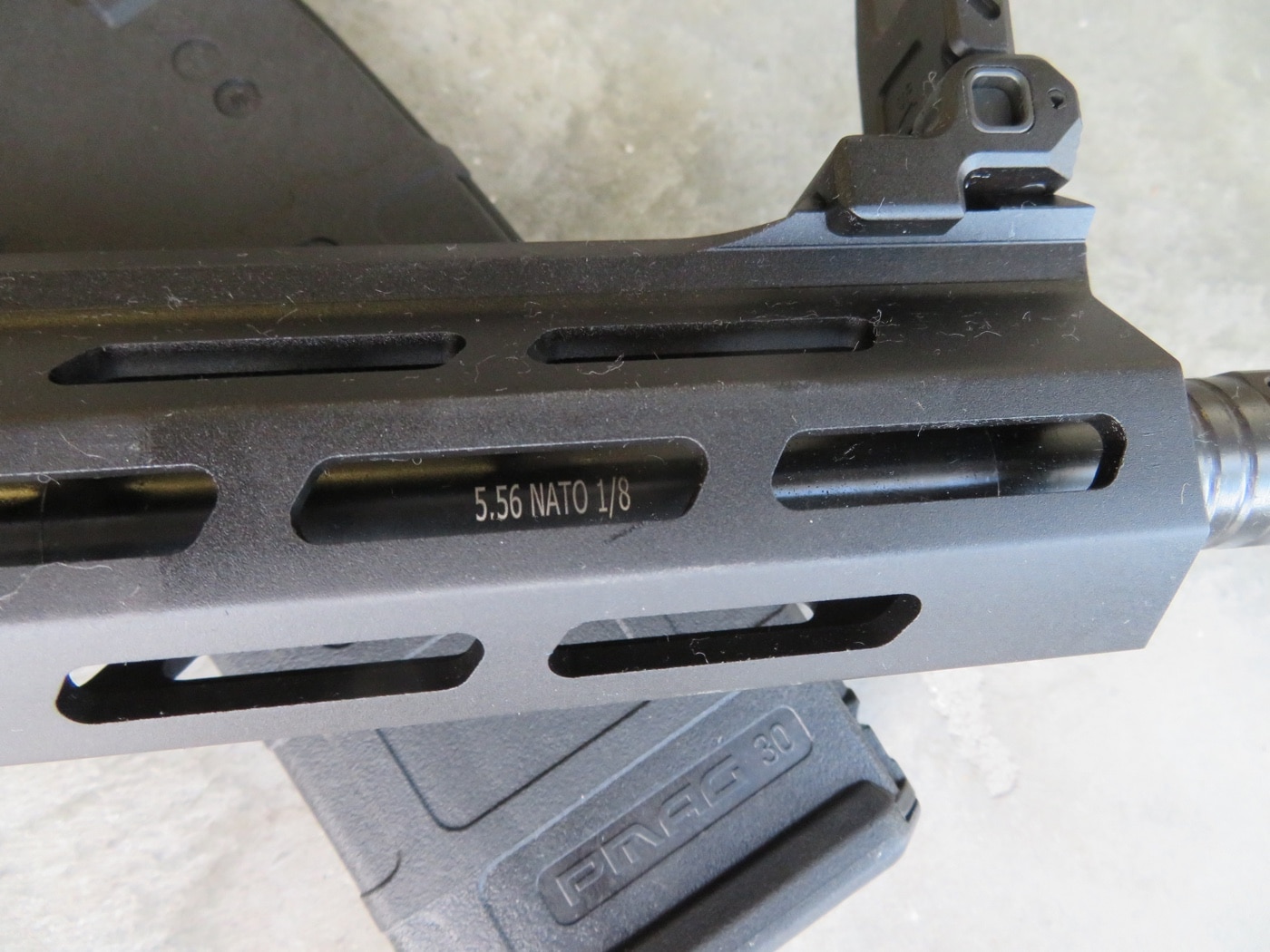
In the 1980s, when the U.S. military moved to the M16A2 rifle and the 62-gr. M855 cartridge, it chose a 1:7 twist rate that has become the de facto rifling in all U.S. military rifles and carbines chambered in 5.56 NATO. The change had to do with the 1:7 twist rate stabilizing heavier 70- to 77-gr. bullets and the rifling’s ability to stabilize tracer rounds. The 1:7 twist can stabilize bullets weighing up to 90 grains.
I had an engineering professor who was fond of saying, “Test them like you use them”. So, to prove out the thesis, I sat down at the range bench with a stock, off-the-shelf Springfield Armory ATC with its 1:7 twist rate for heavy bullets and mounted with a Leupold Patrol 6HD 1-6x24mm scope. I used Nosler cartridges since they provide a wide assortment of bullet weights, bullet material and bullet types — from lightweights like the Expansion Tip 55-gr. lead-free ET rounds and the Ballistic Tip 55-gr. BTV, to Match Grade 70-gr. RDF (Reduced Drag Factor), and the lunker in the bunch Match Grade 77-gr. HPBT.
Heavy Bullets, Small Groups
After running a bunch of orphan cartridges through the ATC — these are leftover rounds from training and testing — at 50 yards, I loaded up the hefty Nosler 77-gr. HPBT rounds and tweaked the zeroed at 100 yards. Those 77-gr. HPBTs gave me a muzzle velocity of 2,391 fps and a best three-shot group that was as big as my thumbnail and measured 0.39”.
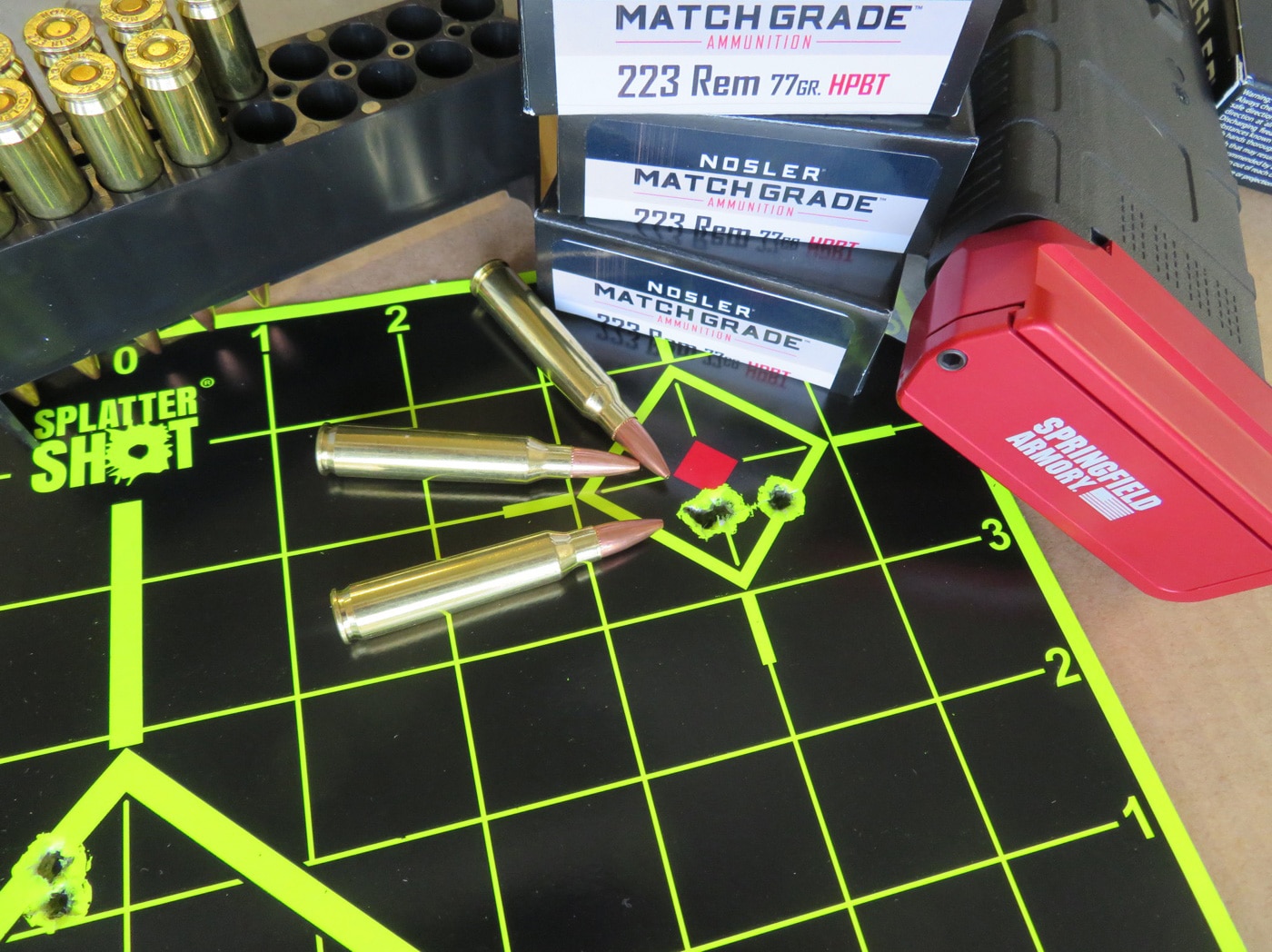
Moving to 70-gr. RDF rounds, my group opened up to 0.52”. All the heavier bullets were shooting sub-MOA. I tried the lighter 55-gr. rounds next. The 55-gr. all copper ET bullets provided a best group of 1.05” and deflated my balloon. My expectations were low with the 55-gr. BTV rounds, but I needed a screwdriver to remove the goofy grin after shooting a group that measured 0.34”.
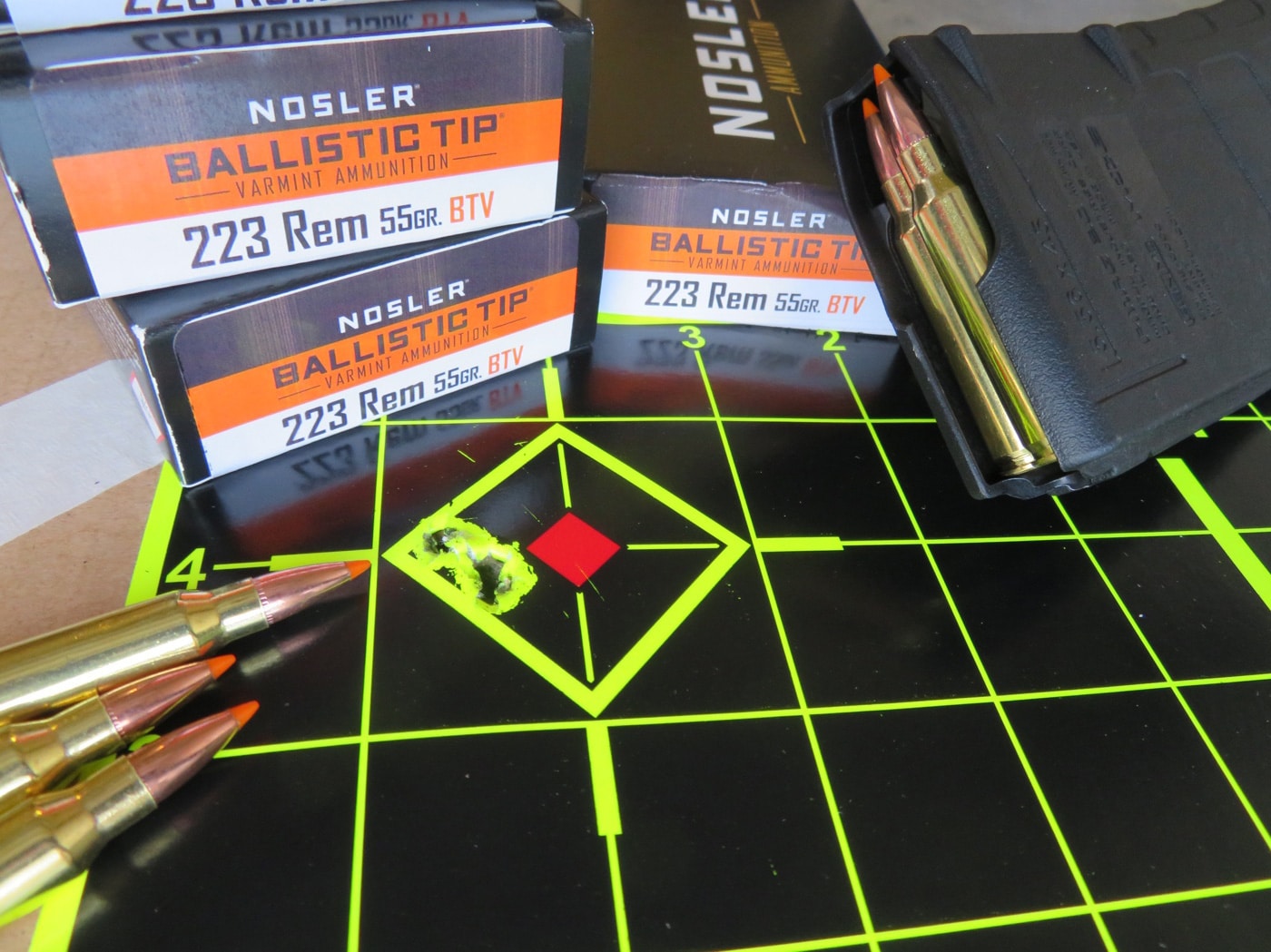
Will this rifle shoot other 55-gr. ammo with the same accuracy? Maybe. Just know, the bullet weight’s sweet spot for a 1:7 twist rate is 69 grains and heavier. It will also shoot lighter bullets, but the accuracy may not be as good as it can be.
The Answer
What’s the answer to the best bullet weight for 1:7? In short, usually heavier bullets — but not always. Read the twist rate on modern AR barrels chambered in .223 Remington and 5.56 NATO you will most likely see: 1:9, 1:8 and 1:7. These are the most common twist rates on AR-15s produced today. Nearly all Springfield Armory SAINT series rifles have a 1:8 rifling twist rate designed to strike the best balance of accuracy and performance with the broadest range of bullet weights. But remember, the SAINT Edge ATC barrel has 1:7.
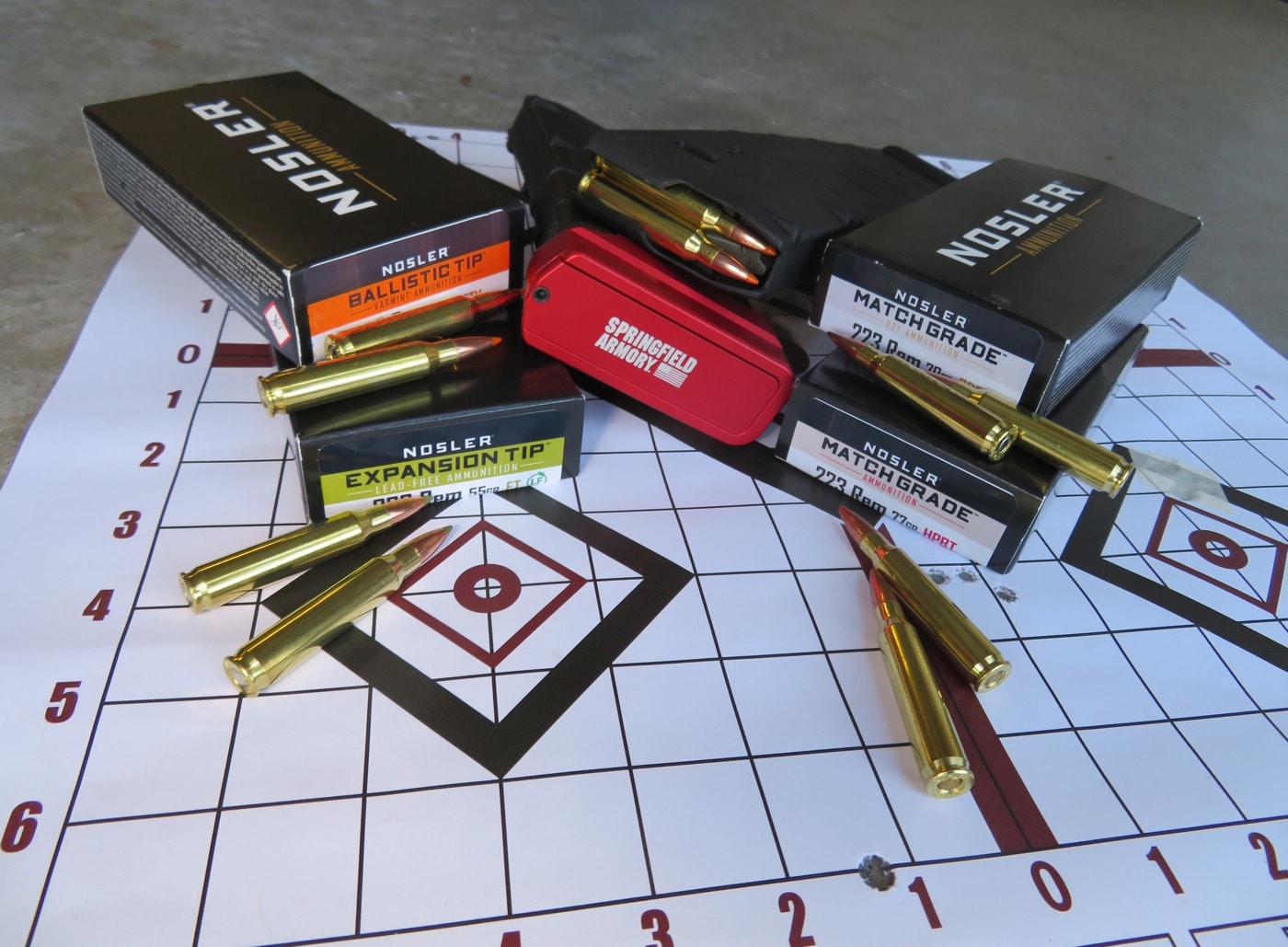
Pairing the proper bullet weight with the twist rate of your AR’s barrel means a better-stabilized bullet. It isn’t the silver bullet to accuracy (sorry couldn’t resist the pun), but it will get you down the right path to improved accuracy. You still need to put in some bench time trying different ammo brands. It’s not a guarantee to stellar accuracy, you will still need to run through ammo to understand what your particular rifle likes and what your barrel is capable of. Think about bullet weight and barrel twist rate when choosing ammunition for your AR, and try it out. You’ll likely find a loading that your particular rifle loves.
Editor’s Note: Please be sure to check out The Armory Life Forum, where you can comment about our daily articles, as well as just talk guns and gear. Click the “Go To Forum Thread” link below to jump in and discuss this article and much more!
Join the Discussion
Featured in this article
Continue Reading
Did you enjoy this article?

 146
146




